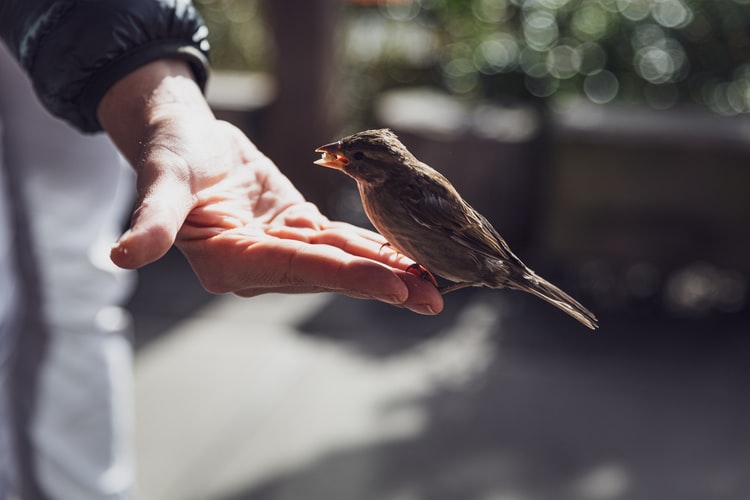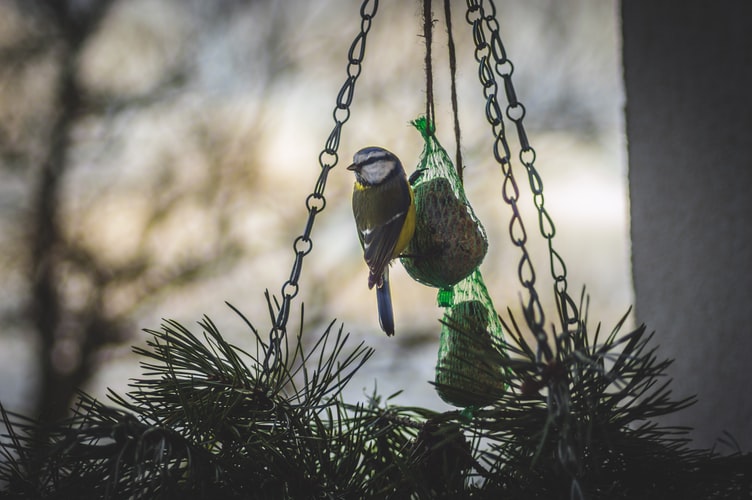Below, you’ll find an analysis of the poem “A Bird came down the Walk” by Emily Dickinson, including a breakdown of the stanzas, an insight into the speaker + voice of the poem, and an exploration of the themes and deeper meanings. These notes are tailored towards A-Level students, but they are also suitable for those studying at any level.
Thanks for reading! If you find this document useful, you can access our full poem analysis here.
If you’re interested in our complete Emily Dickinson course, click here.
For a limited time, our Emily Dickinson Poetry course is 15% off; just use the code ‘DICKINSON’ at checkout!
For all our English Literature and Language courses, click here.
On this link, you can find the original handwritten manuscripts of the poems by Emily Dickinson – it’s quite interesting to see her handwriting!

THE POEM
If you need the poem, you can view it on our blog post here.
STORY/SUMMARY
Stanza 1: A bird came down the walkway where I was standing, he didn’t know that I was watching him – he bit an earthworm into two halves and ate the creature raw.
Stanza 2: And then, he drank a drop of dew that had settled nearby on a convenient piece of grass, and then he hopped sideways onto a wall to let a beetle go past him.
Stanza 3: He looked around with quick eyes that darted all about – I thought that they looked like frightened beads – he stirred his velvet head.
Stanza 4: It was as if he thought he was in danger, cautious, I offered him a crumb of bread, and he spread out his feathers and softly rowed himself home through the air.
Stanza 5: His wings through the air were softer than oars that split through the ocean, to silver to leave any trace of their movement through the air like a seam in fabric, they were also softer than butterflies which leap off the banks of noon, making no splash or ripple as they swim elegantly through the air.
SPEAKER + VOICE
The speaker is a lone figure, who encounters an equally lone figure of the bird on a path or sidewalk. We could interpret this symbolically, as representative of the way in which the human world and natural world interconnect. It is presumably either early morning or evening, as the bird drinks ‘dew’ from the grass. Other creatures inhabit the world – an earthworm, which the bird eats ‘raw’, and a beetle, for whom the bird moves out of the way. The speaker finds the contrast between these two encounters interesting, and she then tries to communicate directly with the bird itself, offering it a crumb of her own food. However, he doesn’t trust her, and he elegantly glides away – though this should be a disappointing moment for the speaker as she didn’t manage to make full contact with the bird, she seems instead to be in awe of its graceful, fluid movement in flight.
THEMES + DEEPER IDEAS
| TASK: For each of the themes below, make a mind map and explore quotations that relate to it. What, in your opinion, is Dickinson’s final message or statement about each theme? |
- Nature
- Spirituality
- Humanity
- Duality
- Life and Death
- Wildness
- Ecosystems
- Hierarchy
- Communication
- Empathy
Thanks for reading! If you found this useful, you can access a full analysis of the poem here. This includes:
- Key Quotations
- Language Feature Analysis
- Form and Structure Analysis
- Context
- Attitudes + Messages
If you’re interested in our complete Emily Dickinson course, click here.
For a limited time, our Emily Dickinson Poetry course is 15% off; just use the code ‘DICKINSON’ at checkout!
For all our English Literature and Language courses, click here.












